15 Dog Breeds Most Likely to Develop Vision Problems as They Age

Dogs use all five of their senses to experience the world around them. But what happens when one of those senses is not working properly? Some eye conditions can lead to blindness, vision loss, and lifelong struggles with such issues. Here are 15 dog breeds most likely to develop vision problems as they age.
Labrador Retriever

Labrador Retrievers, just like all dog breeds, can have hereditary eye problems that might cause blindness. Breeders who do genetic testing and yearly eye exams are doing their part to help prevent these issues. The most common eye problem in Labs is a late-onset form of progressive retinal atrophy which is called rod-cone degeneration (prcd-PRA).
Cocker Spaniel

The Cocker Spaniel’s lovely, dark eyes might be one of its cutest features. Still, when these pups inherit an eye problem like glaucoma, progressive retinal atrophy (PRA), or cataracts, those stunning eyes can cause a lot of pain. The good news is that there are tools out there now to help breeders prevent and cut down on eye diseases in their breeding programs.
Golden Retriever
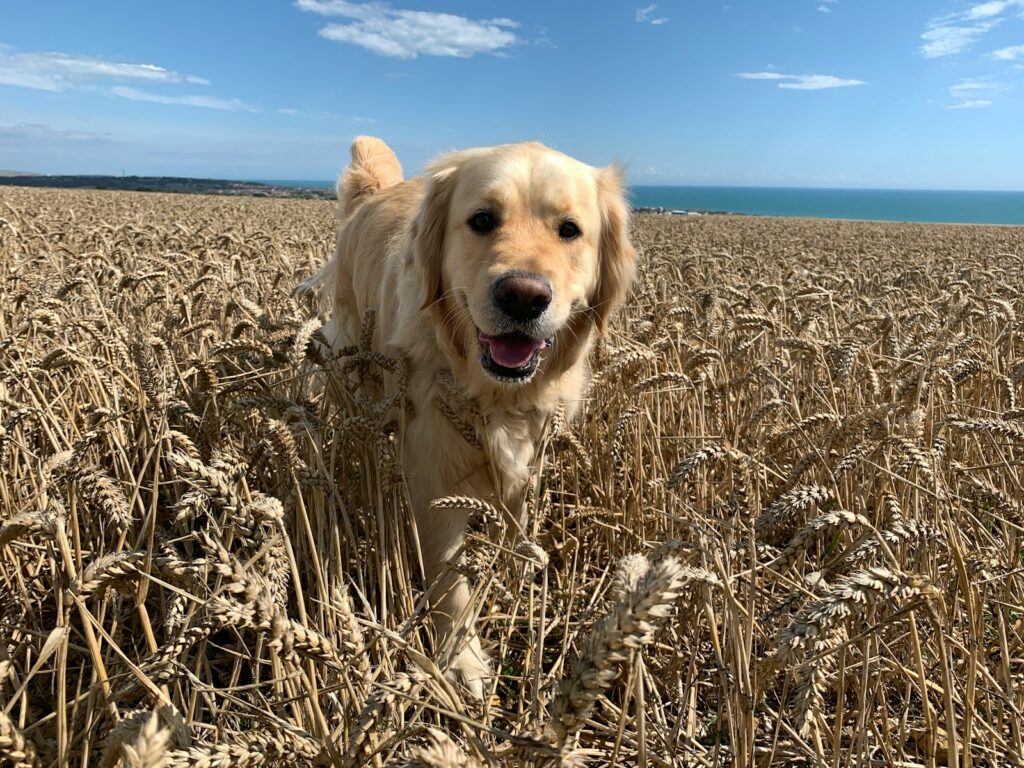
Golden Retriever Pigmentary Uveitis (GRPU) is an eye inflammation that affects Golden Retrievers across the U.S. and Canada. Signs include extra pigment on the iris, protein or gooey stuff in the front part of the eye, low eye pressure, and conjunctivitis. This progressive disease often leads to glaucoma and vision loss—usually showing up later in life when dogs are around 8.5 years old.
Siberian Husky

If there’s one thing we all love when it comes to husky breeds—it’s their stunning eyes. Some have brown eyes, some have blue eyes, and some even have two different colors. That said, Huskies can be prone to a few eye problems like corneal dystrophy. This kind of disease can turn your dog totally blind.
Poodle
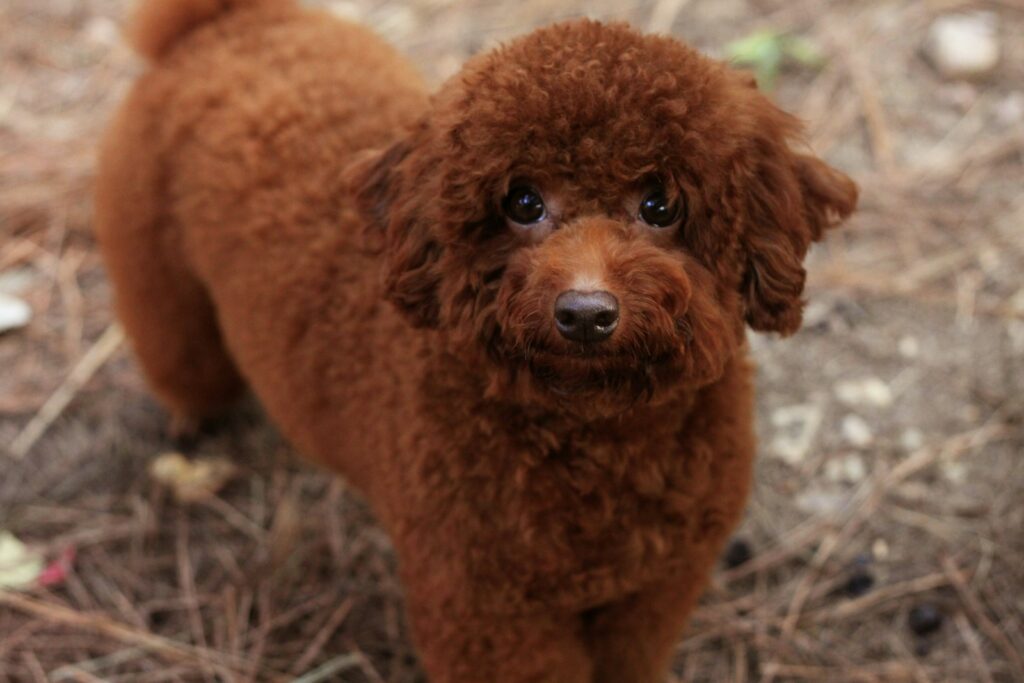
Eye conditions are pretty common in the Poodle breed, and most of these eye issues are hereditary. Progressive Retinal Atrophy (PRA), cataracts, and optic nerve hypoplasia are just a few of the eye problems often seen in these pups. By getting to know these common conditions—you can keep an eye on your Poodle’s eye health and provide timely care when it’s needed.
Great Dane

Great Danes often suffer from a condition known as entropion. This eye disease is something many dog owners don’t realize their dogs have until they start showing symptoms and the eye damage has already occurred. Entropion is a hereditary disorder that makes a Great Dane’s eyelids roll inward. While this might seem minor—over time, the small hairs along the edge of the eyelid scrape and drag against the surface of the eye.
German Shepherd
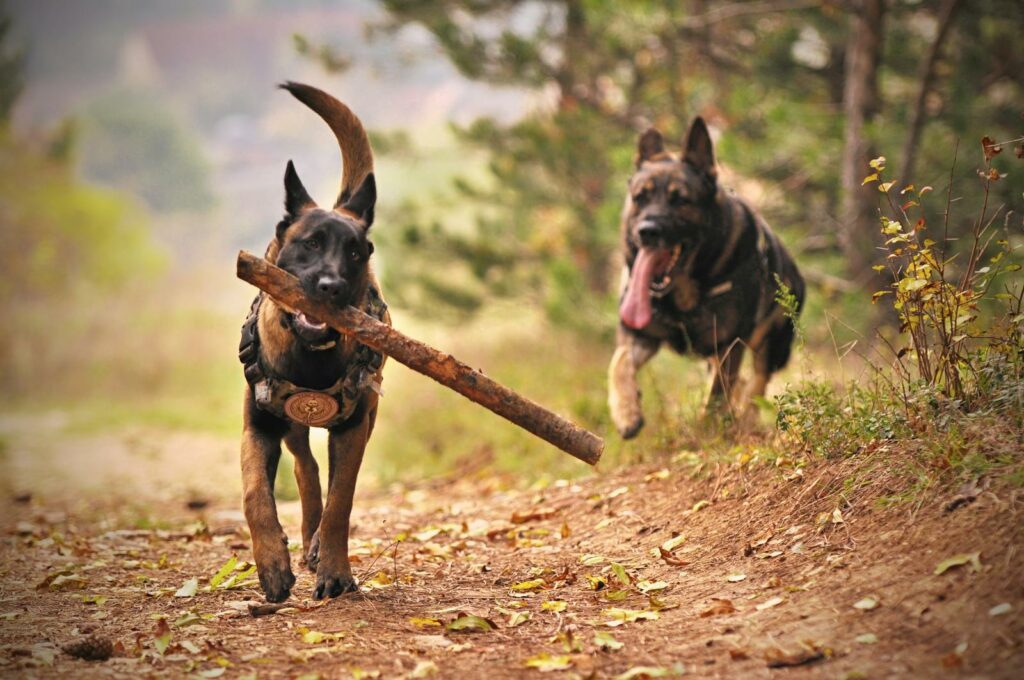
German Shepherds are a super popular dog breed famous for their smarts, loyalty, and protective vibe. One common eye issue they face is called entropion. Another issue is ectropion, where the eyelid droops outward, leaving the eye exposed and at risk for irritation and infection. Plus, German Shepherds can also get cataracts, glaucoma, and progressive retinal atrophy, all of which can lead to vision loss if they don’t get treated.
Boston Terrier

Because of their bulging eyes, Boston Terriers are at risk of all sorts of eye problems, like cataracts and glaucoma. Plus, because their eyes stick out, they’re also more likely to deal with eye trauma, scrapes, and other issues. Another common eye problem for Boston Terriers is something called cherry eye. The Cherry eye is super noticeable and shows up in the inner corner of the eye, caused by a prolapsed third eyelid.
Bulldog
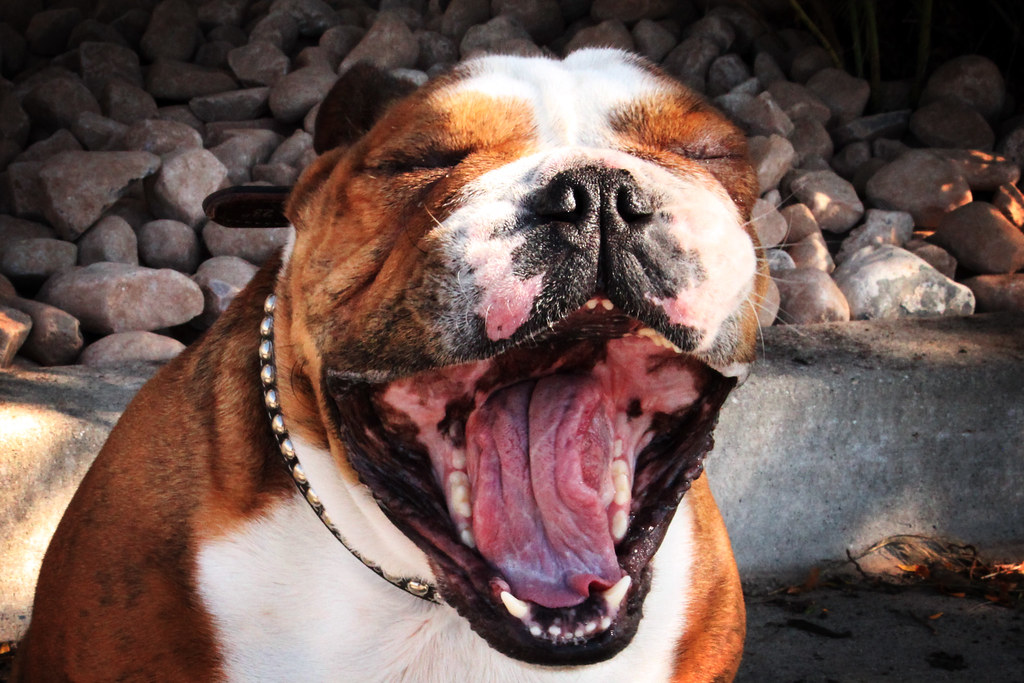
Brachycephalic breeds like English Bulldogs and French Bulldogs are prone to eye problems. With their short noses and flat faces—they can end up having all sorts of issues with their eyesight. The most common eye issues in brachycephalic breeds are cherry eye, conjunctivitis, and eye discharge. Some of these can cause total blindness in your pooch.
Collie
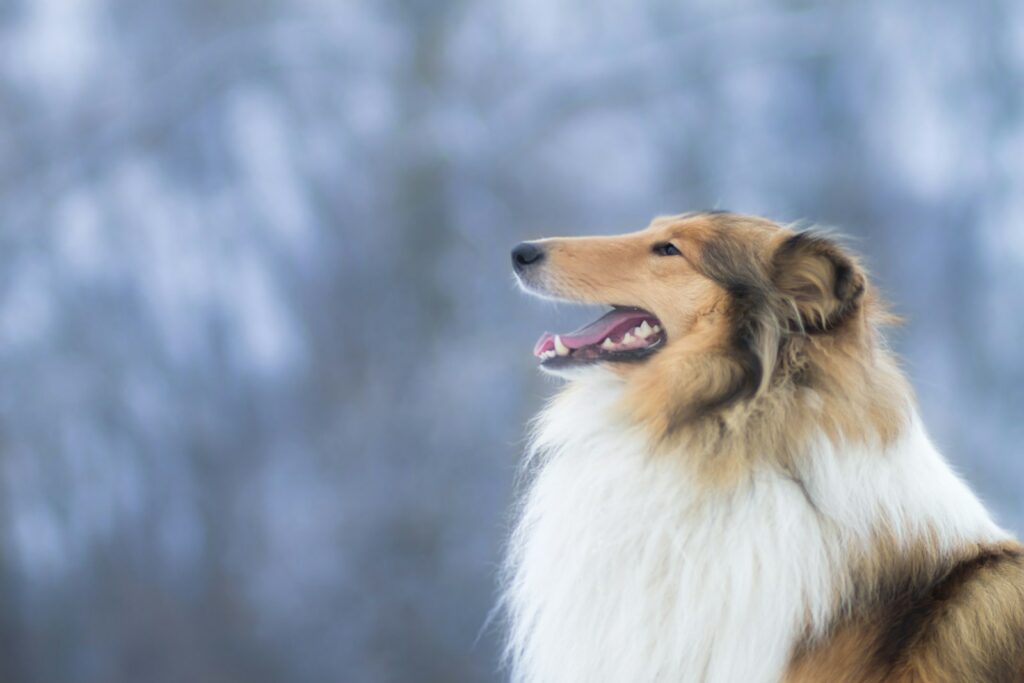
An eye issue known as collie eye anomaly (CEA) is a defect that messes with how a collie’s eyes develop. This genetic condition causes the blood vessels inside the eye to be underdeveloped, which can lead to retinal detachment and blindness. Some signs of CEA include small eyeballs, eyeballs that look like they’re sunken in, and changes in behavior like frequently bumping into walls.
Pekingese
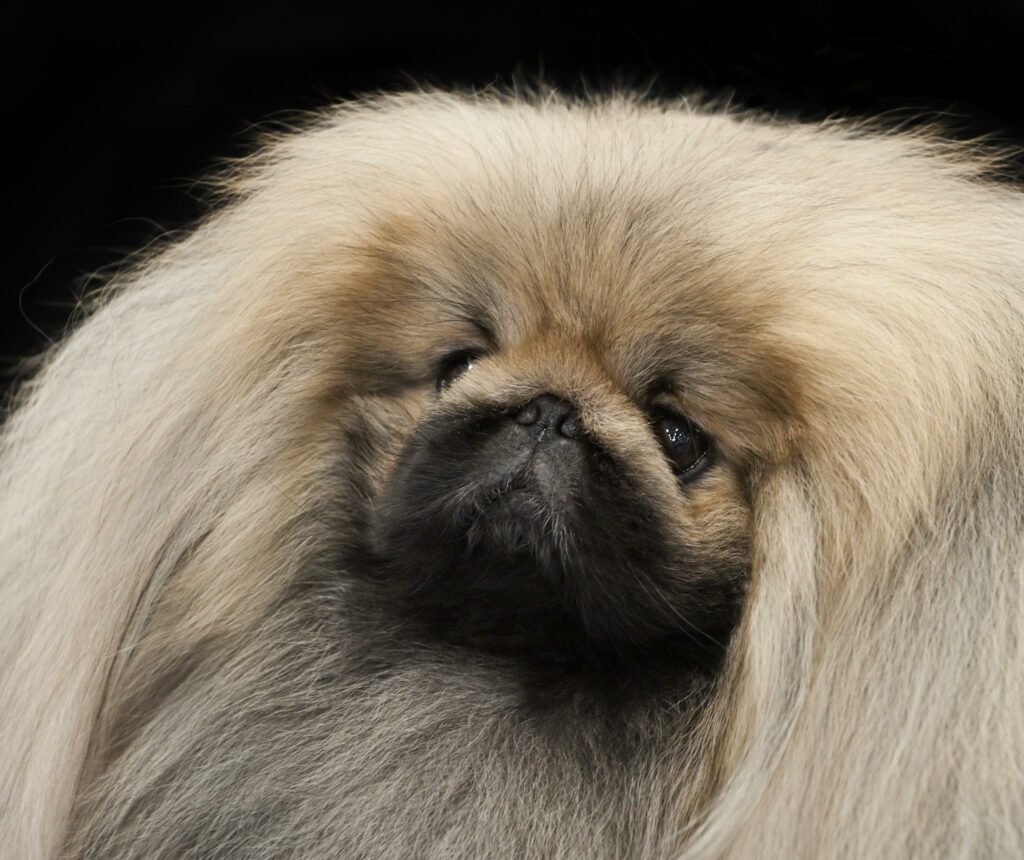
Because of their unique eye structure and flat faces—Pekingese dogs can be more likely to catch nasty eye infections. Some common eye issues for these pups include dry or red eyes and eye discharge, which could be caused by allergies, fleas, and infections. The breed’s brachycephalic airway syndrome might also mess with their lower respiratory and stomach problems.
Pug

Unfortunately, eye problems are something to keep an eye on if you have a Pug in the family. Some of these issues may be inherited, but Pugs can also get into trouble while playing around. Their bulging eyes make it way easier for them to get eye injuries. If your Pug has eye ulcers—you’ll notice a red cornea and watery eyes. These pups can also catch infections or have eye abnormalities like entropion.
Shih Tzu

Shih Tzus have big eyes with shallow eye sockets, which makes them prone to all sorts of eye problems. One of these is called epiphora—which basically means their tears overflow and stain the white fur under their eyes. Other common eye issues in these pups include corneal ulcers, infections, cataracts, and entropion.
Lhasa Apso

Lhasa Apsos often run into eye problems at some point in their lives. Dry eye is a syndrome where a Lhasa Apso’s tear ducts don’t make enough moisture. This can cause irritation and redness, and if it’s not treated, it could turn your dog totally blind. They can also get cataracts, a milky white film that blocks their vision as they age. Lhasa Apso puppies might end up with cherry eyes, which look like red, swollen glands.
Dachshund

Unfortunately, Dachshunds can inherit or develop lots of different kinds of eye problems, some of which can be super painful! One of these issues is called Progressive Retinal Atrophy (PRA). It leads to a slow decline of the light-detecting cells in the retina—which eventually causes the retina to thin out and results in blindness.




